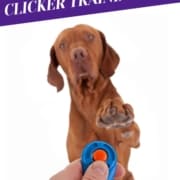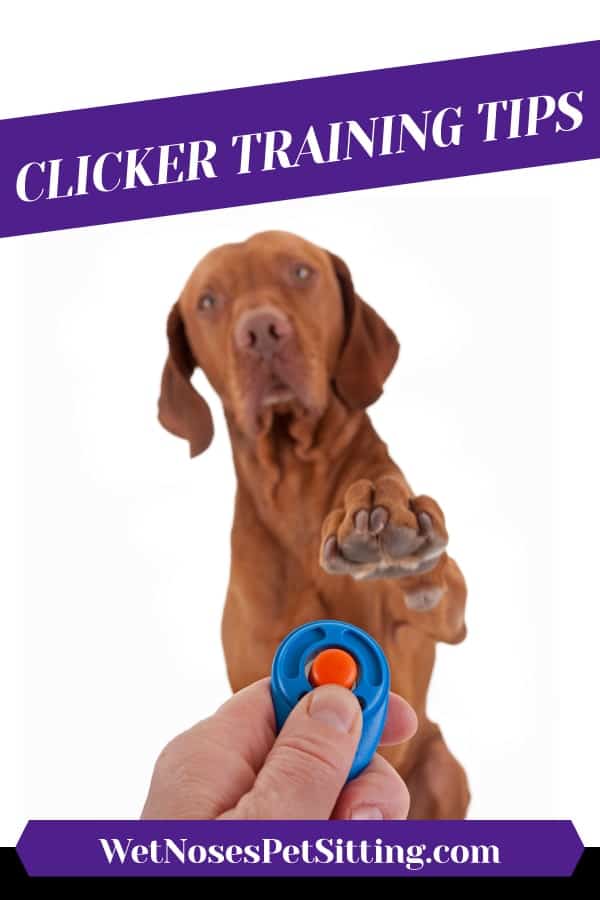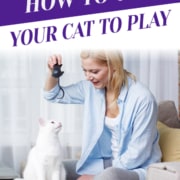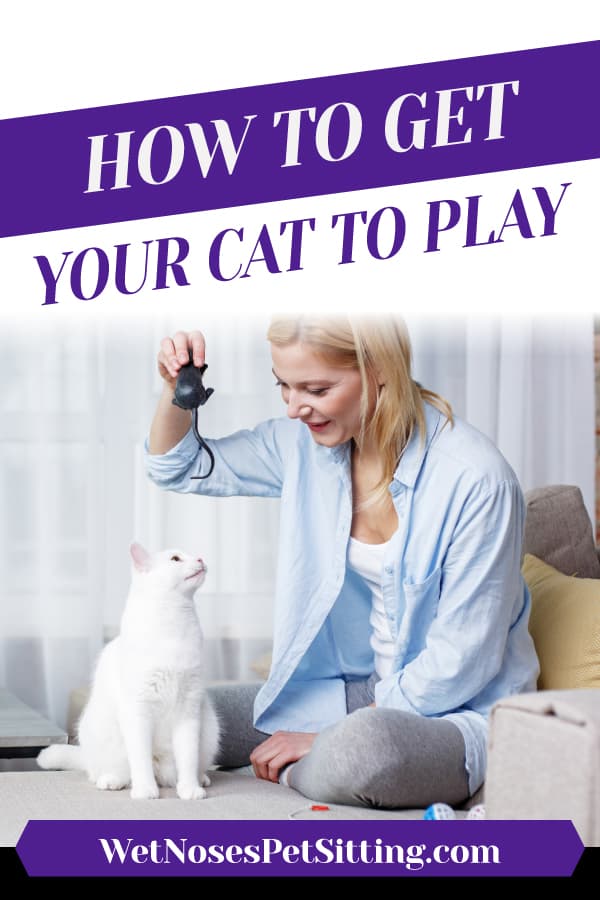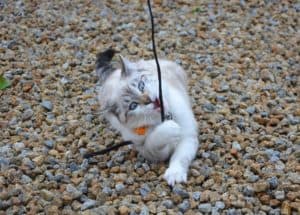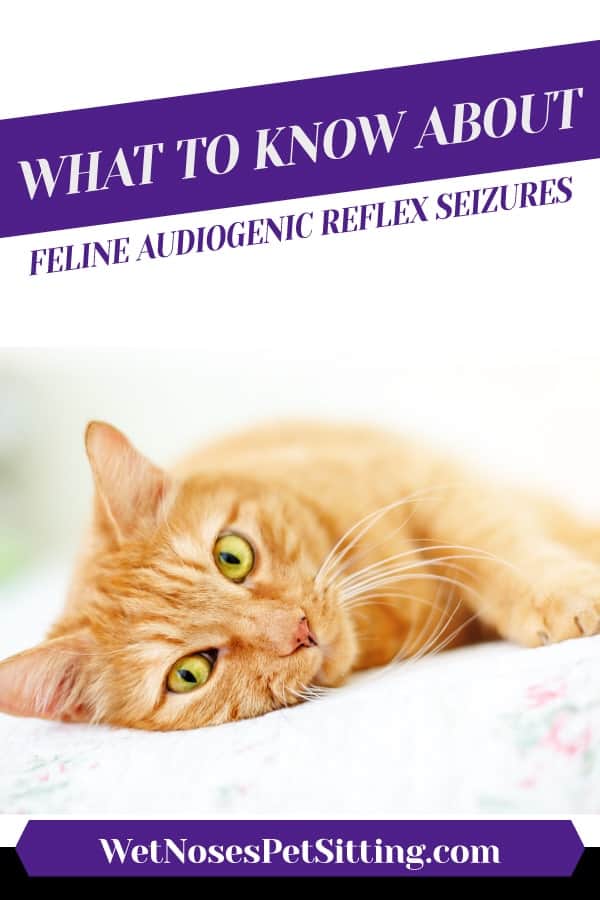Why I Love Being Your Sidehill Sitter
Being a pet sitter is the best job in the world! I have worked many other jobs in the pet care industry, but working for Sidehill as a pet sitter is my favorite job I have ever had. Here are three reasons I love being your pet sitter and love being a Sidehill sitter.
1. At Sidehill we strive to give the best care to your pet.
We know that leaving your pets at home can be scary! As a pet parent I feel the same way, but I trust Sidehill 100% to keep my animals happy and safe.I know that all of our sitters do everything we can to keep your animals content. We love to give extra belly rubs, extra play time and sometimes extra treats. Additionally, all of our sitters go thought lots of training, including pet first aid and CPR, to keep your pet safe.
2. We get to form relationships with the pets we take care of.
Many of our clients at Sidehill book regularly, so we get to develop relationships with pets. One of my favorite experiences as a pet sitter was developing a relationship with a shy dog. I have watched this dog and his brother and sister multiple times. Each time he barked at me and did not want anything to do with me. This went on for a few visits, then slowly he started warming up to me. Finally he wanted to hang out with me, I know soon I will be able to pet him. This experience was very fulfilling and why I know forming relationships with pets is so important.
3. We get to make clients feel safe.
Another cool part of my job is forming relationships with my clients. Our clients are really cool people and really care about their pets. Leaving your pet in the care of a stranger is so hard. For this reason, we do client meetings. During a client meeting your sitter gets to learn about your home and pets. The other benefit to client meetings is that you get to put a face to your pet sitter. Knowing who your pet sitter is really helps make our clients feel safer about leaving their pets at home. Additionally, we always offer to text or email our clients each day. This allows the client to check up on their pet and helps them feel safer.
Being a pet sitter is a really amazing job. I get to work with awesome pets and learn new things every day. We love getting to work with you and your pets and can’t wait to meet you (or see your pets again)!


